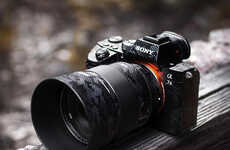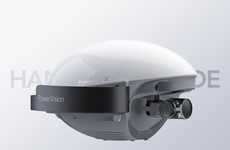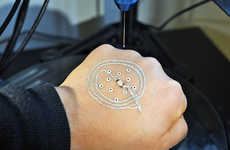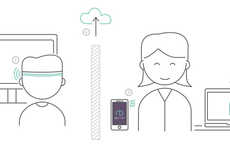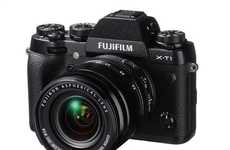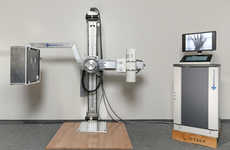
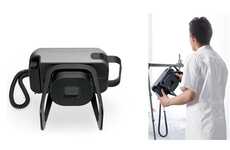

Brands are developing x-ray technology that is more convenient
Trend - With the COVID-19 pandemic at large, some brands are developing products to reduce visits to health care centers unless necessary. This includes the production of accessible x-ray technology that is convenient and informative.
Insight - The global pandemic has caused consumers to have rising concerns about their health and safety. They refrain from visiting public locations to limit contact with others and avoid the risk of the virus. This ushers in an increased sense of openness and even desire for digital alternatives to all in-person services.
Insight - The global pandemic has caused consumers to have rising concerns about their health and safety. They refrain from visiting public locations to limit contact with others and avoid the risk of the virus. This ushers in an increased sense of openness and even desire for digital alternatives to all in-person services.
Workshop Question - How can your company create more accessibility for consumers?
Trend Themes
1. Remote Health Monitoring - The increased demand for digital health alternatives has driven the development of portable and remote healthcare solutions aimed at decentralizing healthcare technology.
2. AI-enhanced Medical Devices - The advent of AI-powered medical devices like Imagen OsteoDetect presents opportunities for developing advanced diagnostic tools that improve doctors' and clinicians' diagnosis time and accuracy.
3. Portable Healthcare Equipment - The development of portable and user-friendly healthcare equipment such as the conceptual 'Vortex' camera and the FUJIFILM CALNEO XAir portable X-ray unit is designed to transform the conventional imaging process into a far more convenient experience.
Industry Implications
1. Healthcare Technology - Brands in the healthcare technology industry can invest in developing innovative, user-friendly, and accessible medical devices that advance digitized diagnosis and treatment of ailments.
2. Medical Imaging - Medical imaging companies have an opportunity to develop portable solutions that are self-contained, lightweight, user-friendly, and have an intuitive interface to address the needs of healthcare professionals working in remote areas or during emergency scenarios.
3. Artificial Intelligence - The integration of AI technology into conventional medical devices presents opportunities to develop powerful tools for diagnosing and treating ailments, which can improve medical professionals' decision-making and could potentially reduce hospital wait times.
